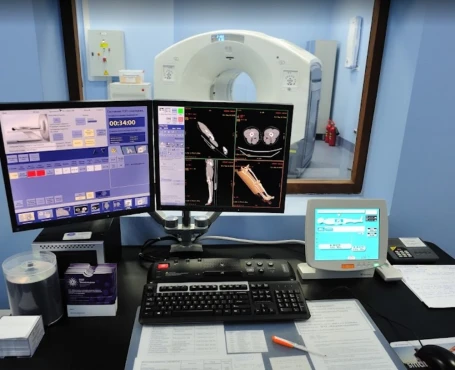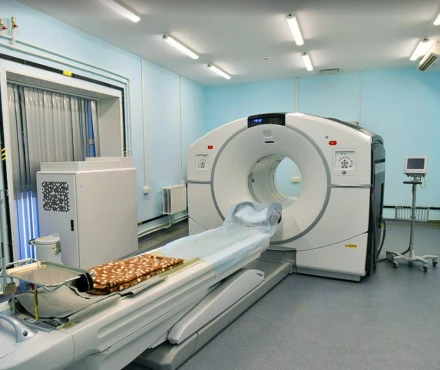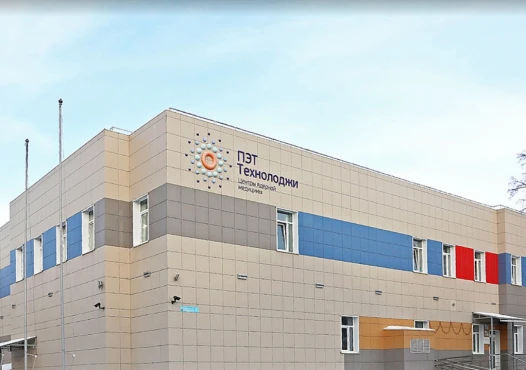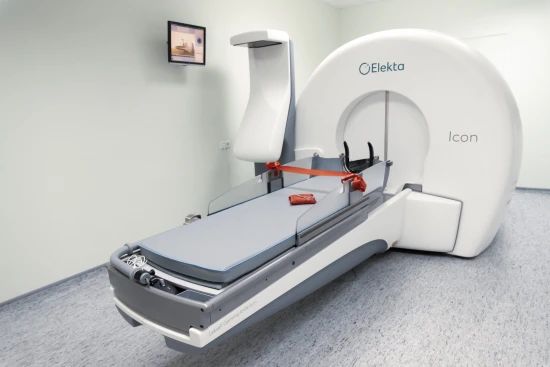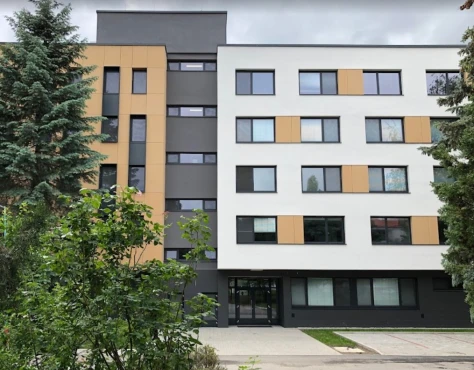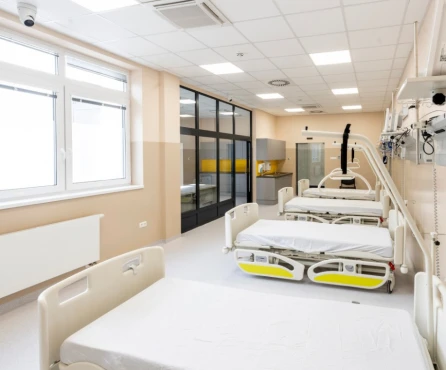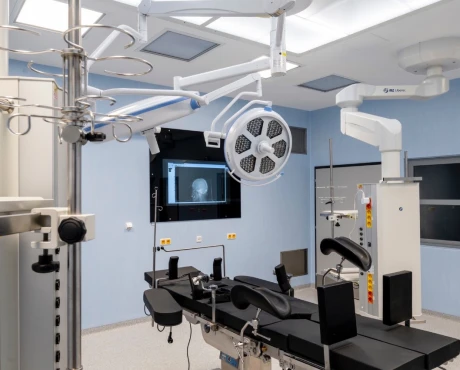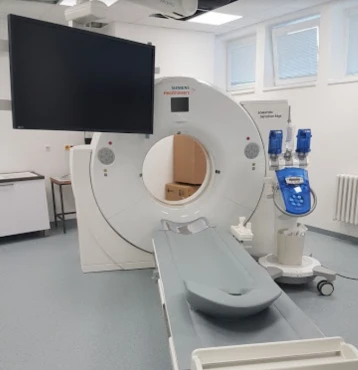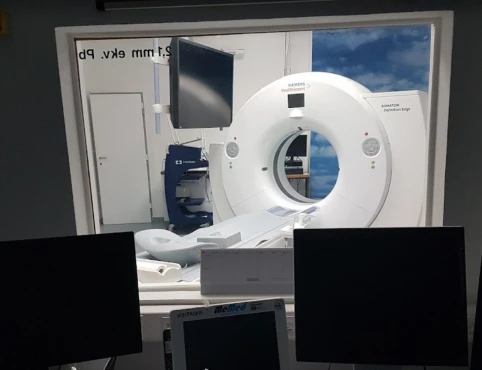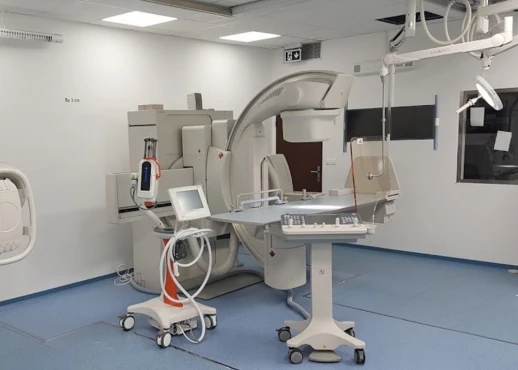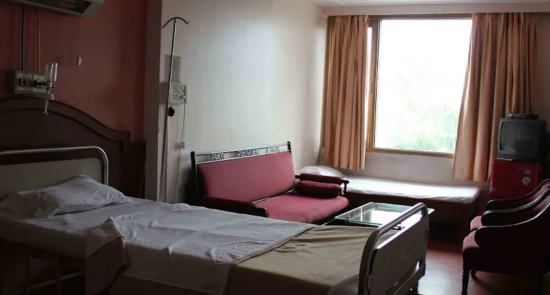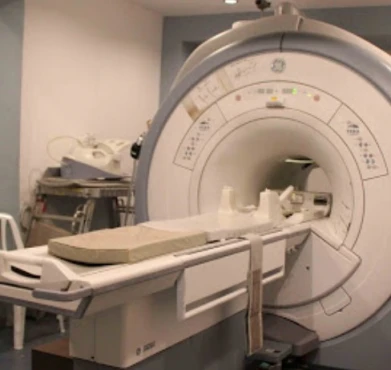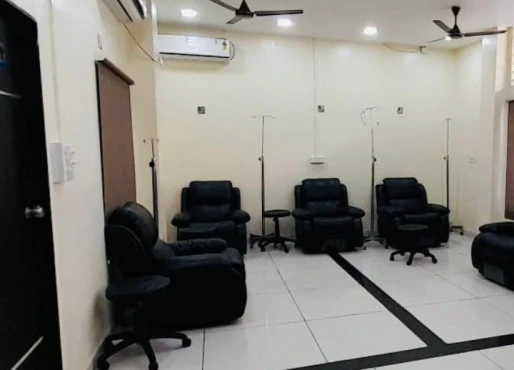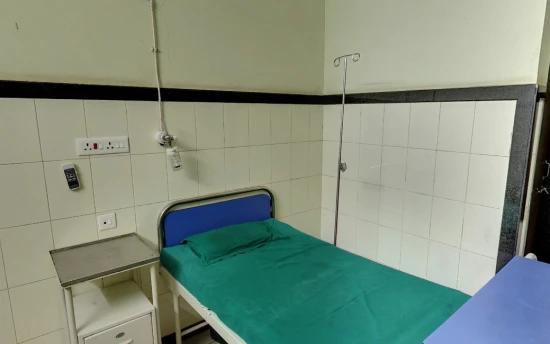Disease Types
What are benign brain tumors?
Benign brain tumors are non-cancerous growths that form inside the brain or the tissues surrounding it. Although they grow slowly and don't spread to other parts of the body, their presence can still cause serious health problems due to the pressure they exert on the brain. The most common types of these benign tumors include:
Meningiomas (60% from benign brain tumors) develop from the meninges - the protective layers covering the brain and spinal cord. These tumors are most often found in older adults, and women are more likely to get them than men.
Pituitary adenomas (25%) originate from the pituitary gland at the base of the brain. These tumors can affect hormone levels and lead to symptoms related to hormonal imbalances.
Vestibular schwannomas (10%) arise from the Schwann cells around the nerves responsible for hearing and balance. These tumors can result in hearing loss and balance issues.
Craniopharyngiomas (5%) are rare tumors that form near the pituitary gland, primarily affecting children and young adults [NHS, 2023; The Brain Tumor Charity, 2024].
Causes & Risk Factors
What is the primary issue of benign brain tumors?
The underlying causes of benign brain tumors remain unclear, but several known risk factors have been identified:
- Genetic Conditions: Disorders like neurofibromatosis, tuberous sclerosis, and von Hippel-Lindau disease are associated with an increased risk of developing benign brain tumors.
- Radiation Exposure: Prior exposure to ionizing radiation, particularly during childhood, significantly raises the risk of brain tumor development.
- Age and Gender: The likelihood of having a benign brain tumor increases with age, and specific tumor types, such as meningiomas, are more common in women.
While these tumors do not spread like malignant cancers, their growth within the confined space of the skull can still lead to serious health problems, including neurological deficits, seizures, and elevated intracranial pressure.
Clinical Manifestation & Symptoms
What signs should one anticipate while suspecting benign brain tumors?
The symptoms of benign brain tumors can vary greatly depending on the tumor's size, location, and growth rate. Commonly, patients experience persistent and worsening headaches, often more severe in the morning or when lying down. Seizures, characterized by uncontrolled electrical activity in the brain, can also occur and lead to convulsions or other neurological disturbances.
Visual problems such as blurred vision, double vision, or loss of peripheral vision are also common symptoms. Additionally, some types of benign brain tumors, like vestibular schwannomas, can affect the nerves responsible for hearing and balance, resulting in hearing loss. Cognitive changes are also frequently reported, including memory loss, difficulty concentrating, and personality alterations. These symptoms tend to worsen as the tumor continues to grow, underscoring the importance of early diagnosis and prompt treatment to prevent irreversible damage.
Diagnostic Route
When, where, and how should benign brain tumors be detected?
Diagnosing a benign brain tumor follows a thorough process. First, a neurological examination is conducted to assess the patient's cognitive function, motor skills, and sensory perception, helping to identify any neurological deficits.
Next, advanced imaging studies, such as an MRI, are performed. This is considered the gold standard for detecting brain tumors, providing highly detailed images of the brain structures. In some cases, CT scans may also be used further to evaluate the extent and characteristics of the tumor.
Cognitive examinations, including the Mini-Mental State Examination and the Montreal Cognitive Assessment, are also administered. These help determine the impact of the tumor on the patient's cognitive abilities.
Finally, in certain situations, a biopsy may be necessary to confirm the diagnosis and identify the specific type of tumor. This can be done through a minimally invasive needle biopsy or during a surgical procedure. These diagnostic tools work together to comprehensively understand the tumor, enabling the healthcare team to develop an appropriate treatment plan [University of Florida, 2024].
Treatment Approaches
What are the options for managing benign brain tumors?
The treatment of benign brain tumors is tailored to the individual patient, taking into account the size, location, and symptoms caused by the tumor. The primary approach for most benign brain tumors is surgical removal. The goal of this procedure is to remove as much of the tumor as possible while minimizing damage to the surrounding brain tissue. The success of the surgery largely depends on the tumor's precise location and the skill and expertise of the surgical team.
For small, asymptomatic tumors, especially in older adults, a more conservative "watch-and-wait" approach may be adopted. In these cases, regular MRI scans are used to closely monitor the tumor for any signs of growth, allowing for timely intervention if needed.
In situations where surgery is not a viable option, radiation therapy can be an effective alternative for controlling tumor growth. Highly advanced techniques, such as stereotactic radiosurgery (e.g., Gamma Knife), deliver precisely targeted radiation with minimal impact on the surrounding healthy brain tissue.
While medications cannot cure benign brain tumors, they play a crucial role in managing the associated symptoms. Anticonvulsant drugs are used to prevent seizures, while corticosteroids help reduce the swelling and pressure within the brain caused by the tumor.
The prognosis for patients with benign brain tumors is generally favorable, especially when the tumor is detected early and effectively treated.
Prognosis & Follow-up
How does cutting-edge science improve the lifespan and quality of life for those with benign brain tumors?
The prognosis for benign brain tumors is generally favorable, with the vast majority of patients experiencing long-term survival rates over 90%. However, the specific outlook can vary based on factors like tumor type, location, and the effectiveness of treatment. While most patients fare well, some tumors may recur, necessitating diligent monitoring.
Comprehensive follow-up care is crucial, including regular MRI scans, particularly in the initial years following treatment, to detect any signs of tumor recurrence. Additionally, patients may need rehabilitation services to address any lingering neurological complications stemming from the tumor or its management.
